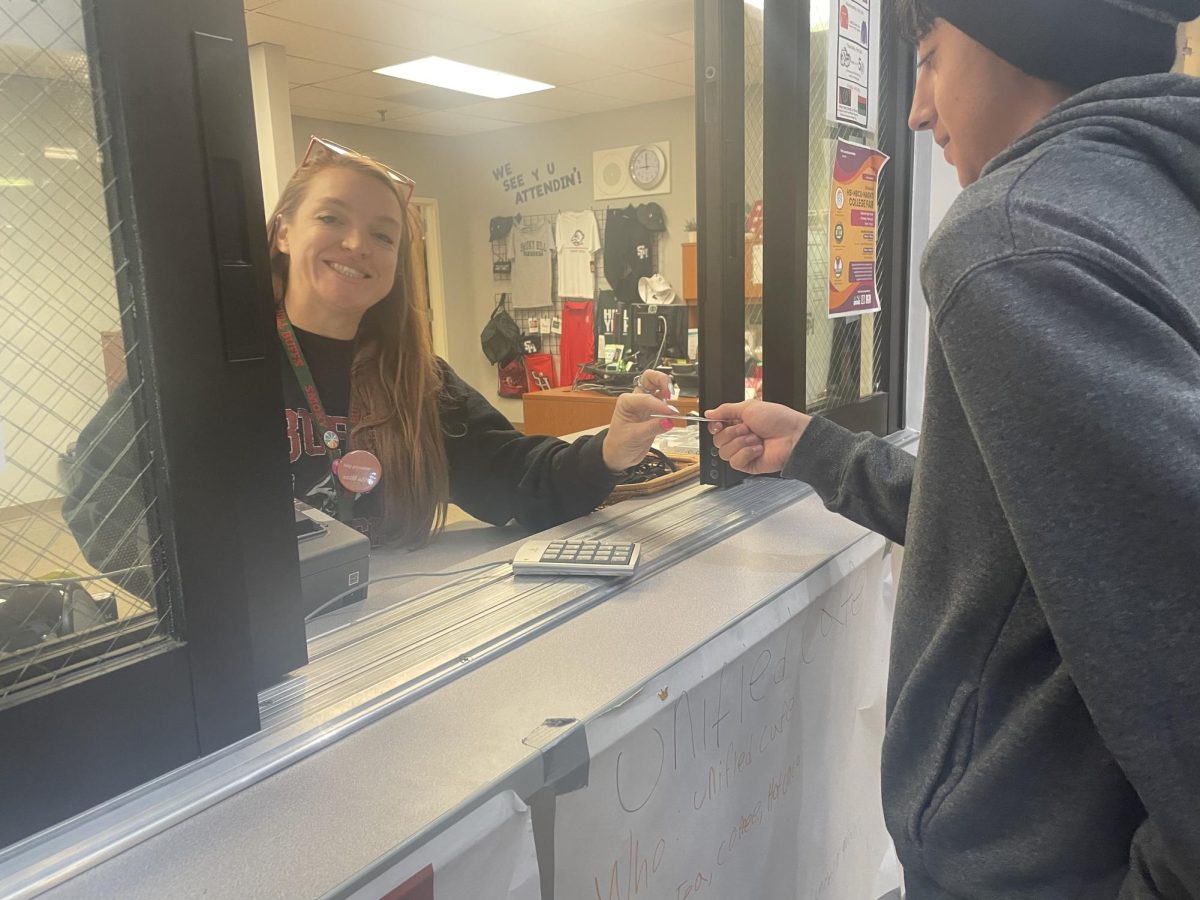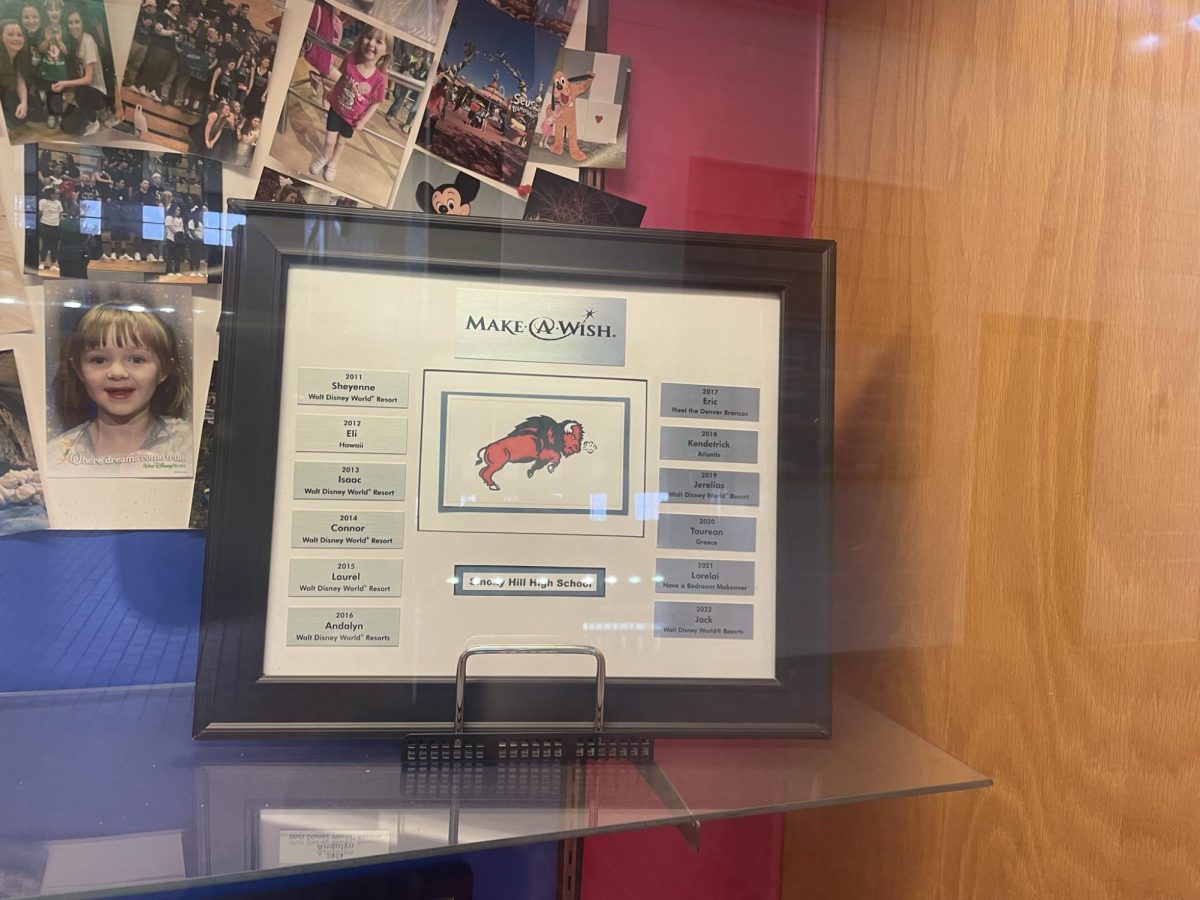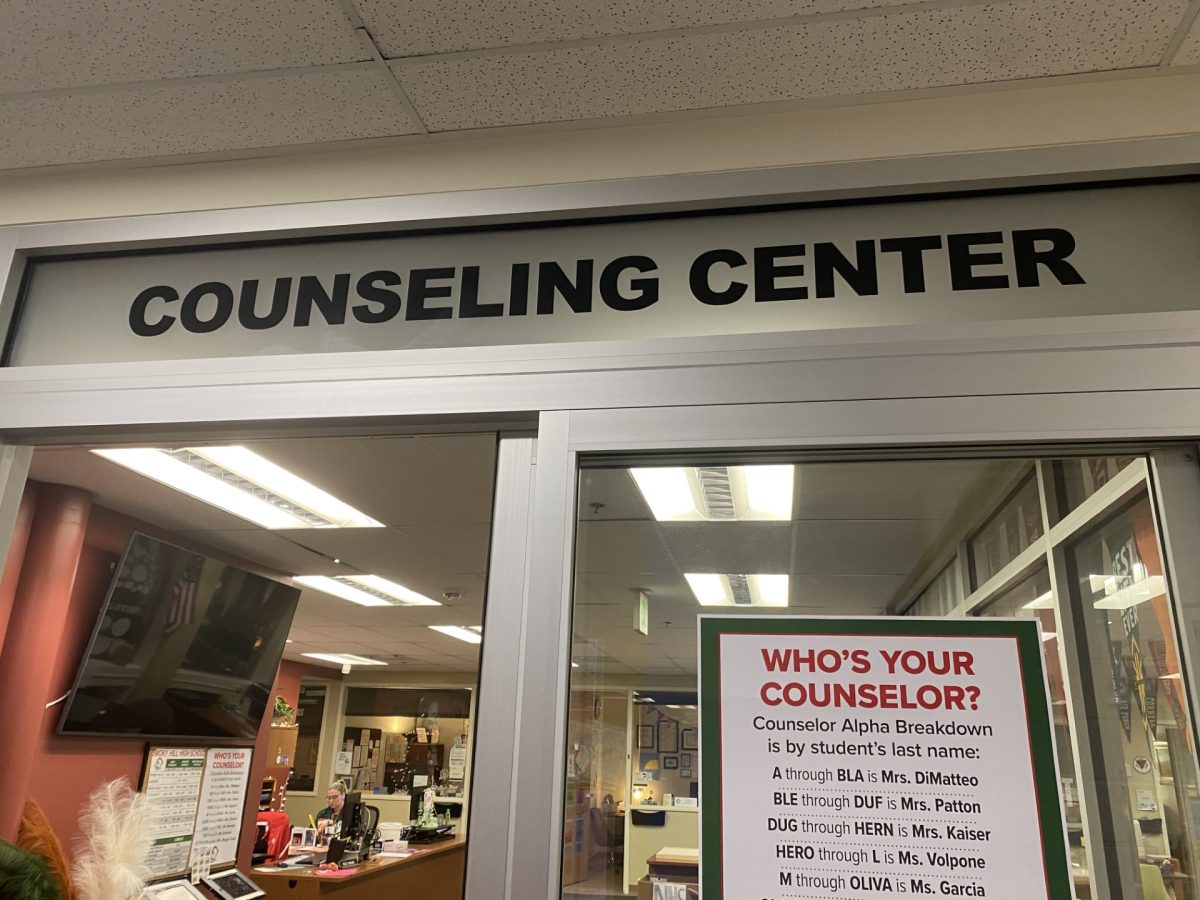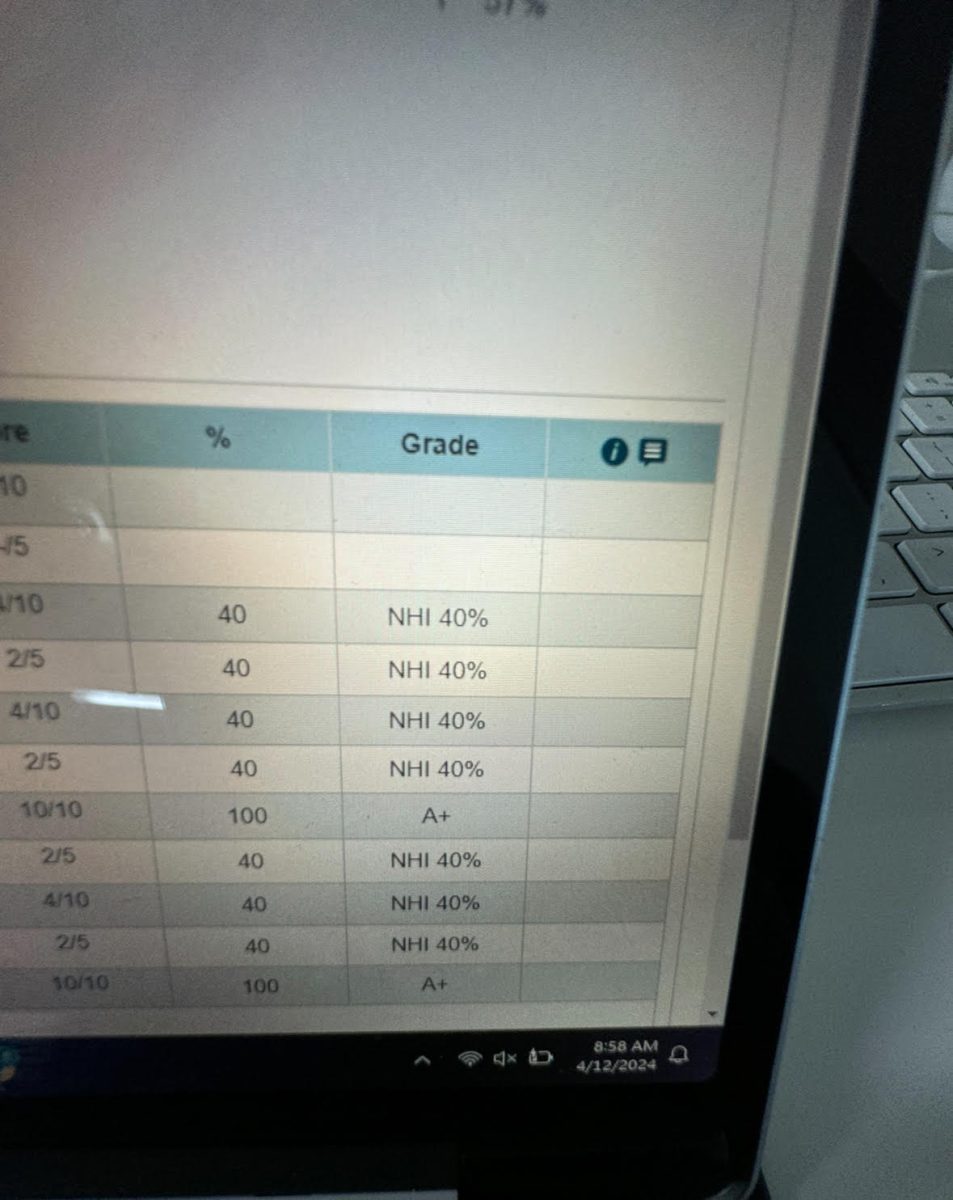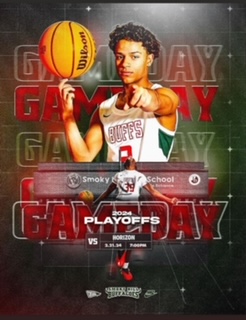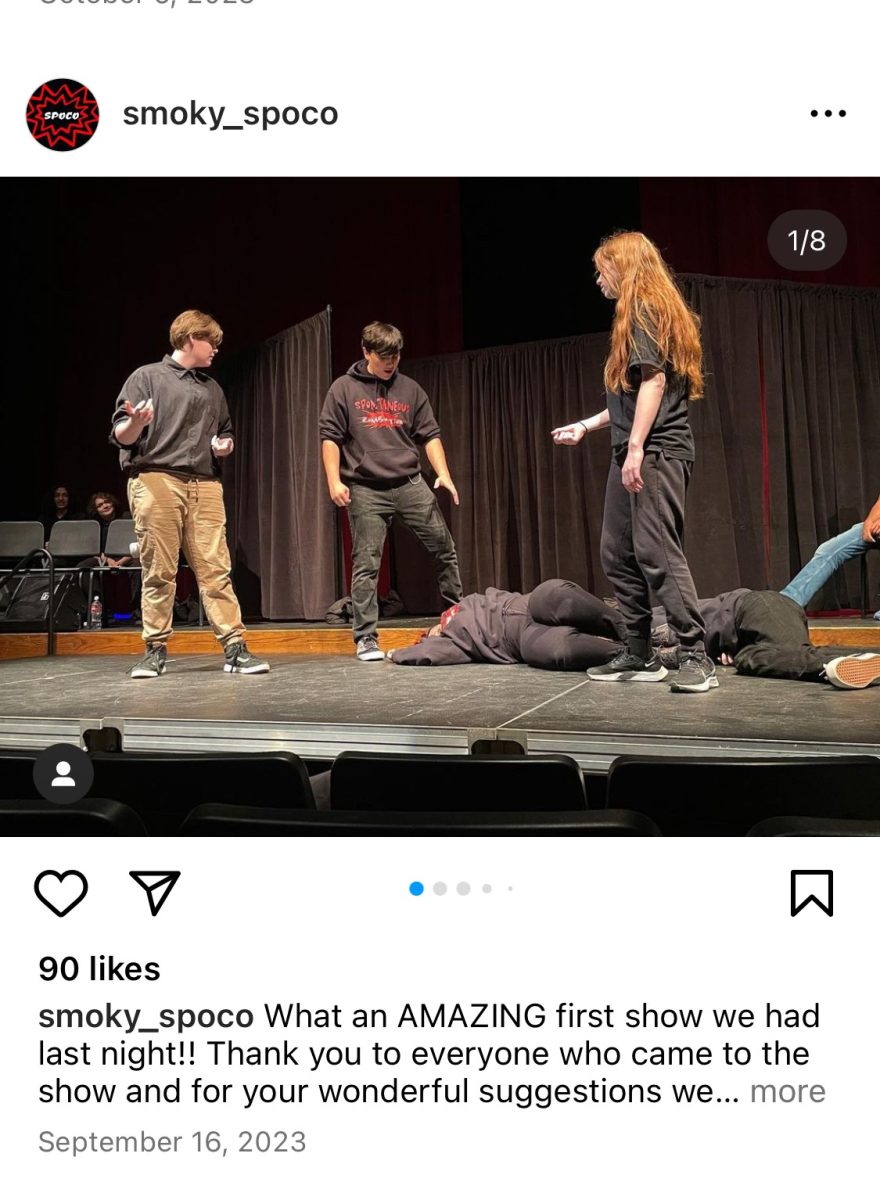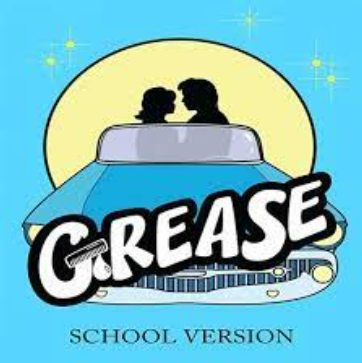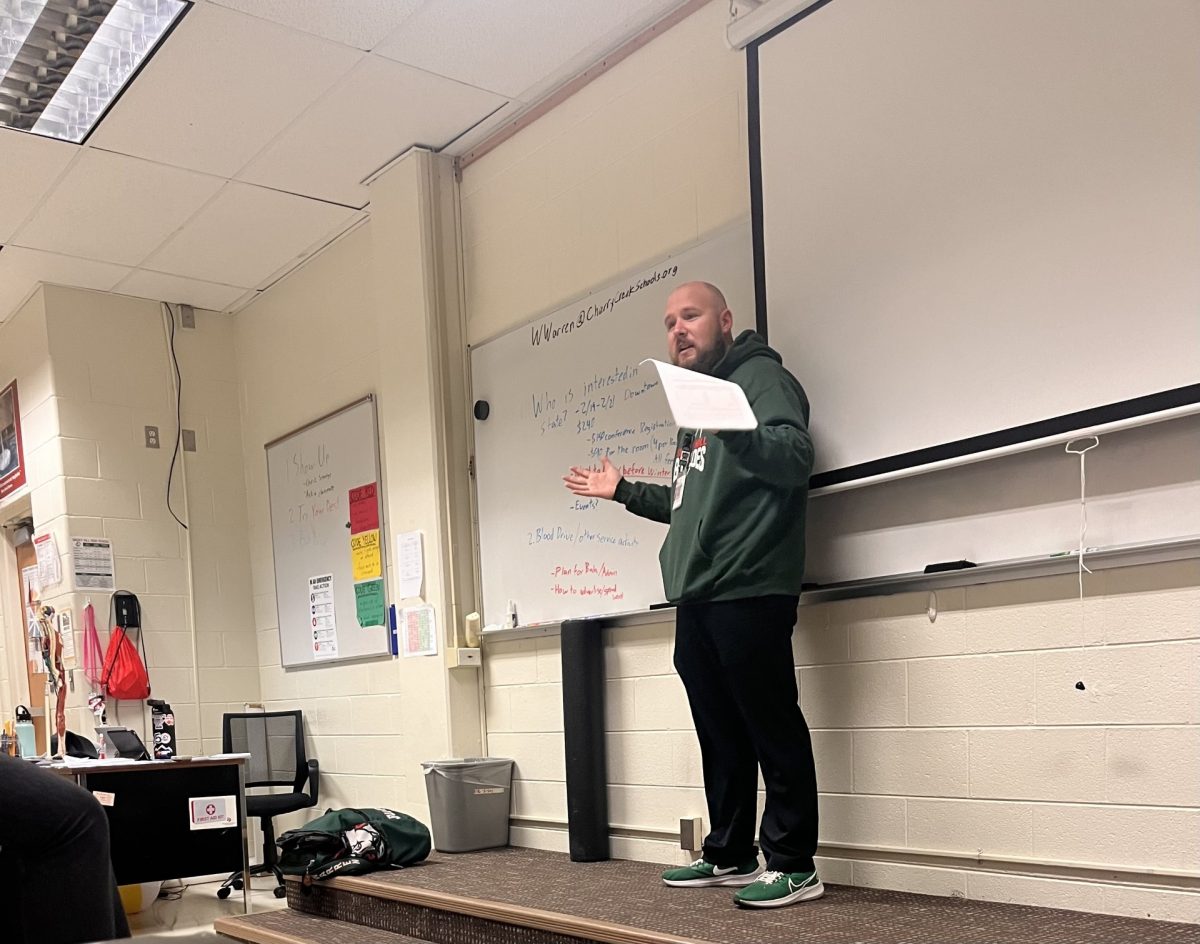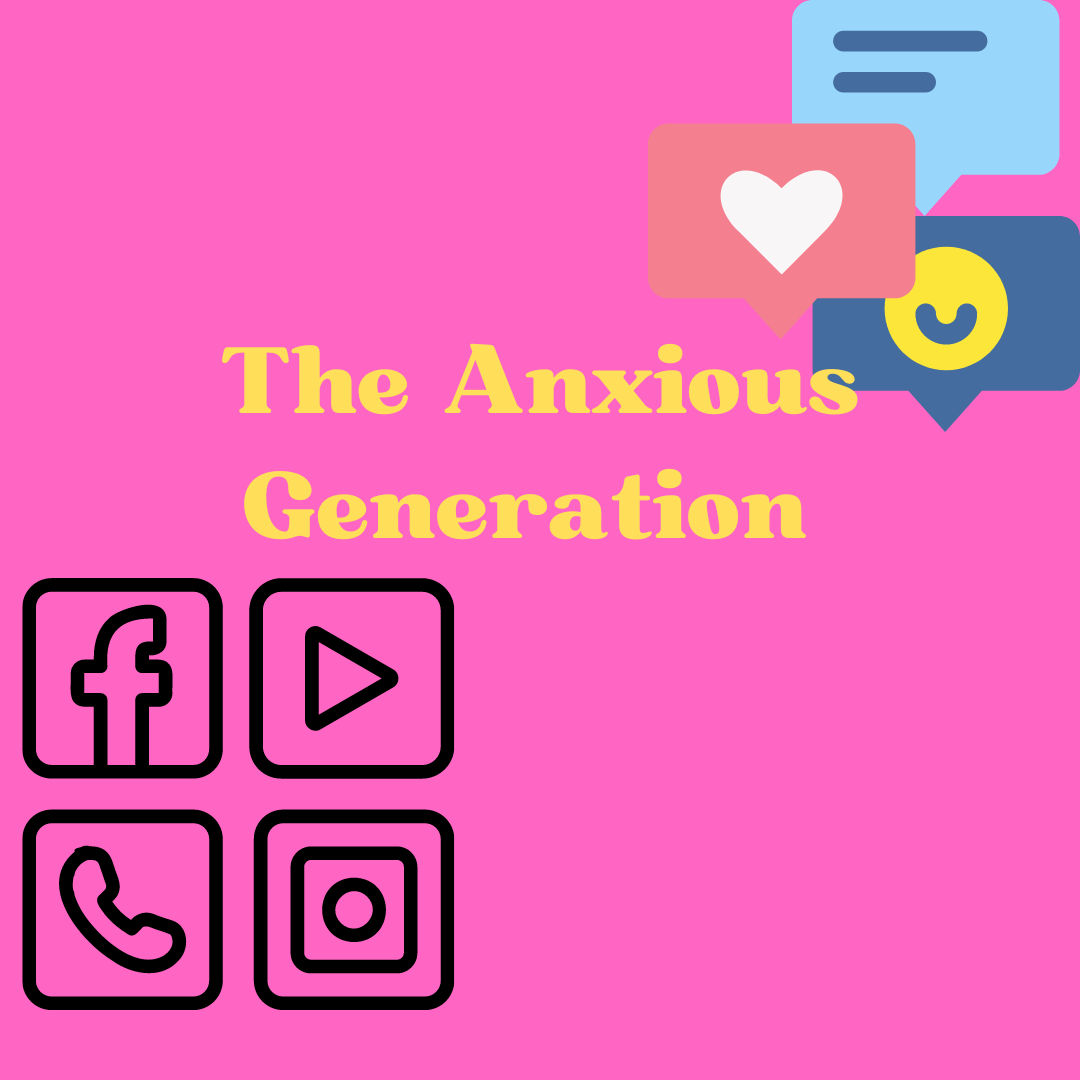Castlerock Teen Suffers 3rd Degree Burns after a Vapor Pen Explosion
17 year-old teen suffers major injuries after a vapor pen explodes in his pocket.
March 2, 2016
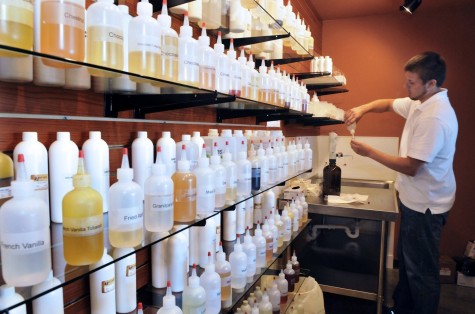
Marcus Forzani, a 17-year-old from Castle Rock, Co., obtained 2nd and 3rd degree burns after a vapor pen battery exploded in his pocket at school.
According to Fox31 Denver.com, after the bell rang signaling the end of class, sparks came out of his pocket as he stood up to leave.
A vapor pen is an alternative to traditional cigarettes. They are designed to lean smokers off of traditional cigarettes by decreasing the amount of nicotine. Nicotine is the main drug in cigarettes that makes them addictive.
According to livescience.com, The components of e-liquid are propylene glycol and vegetable glycerin; two compounds that the U.S. Food and Drug Administration (FDA) recognizes as safe food additives. However, the Centers for Disease Control and Prevention lists propylene glycol as a toxic substance.
“Smoking and doing drugs- all of those toxic chemicals that are brought into the body. Not only do they affect your physiology lungs and all of those different things, but also your mental capacity and mental state of mind,” Dean Ryan Miwa said.
According to Webmd.com, the developing brain is highly sensitive to the addictive properties of nicotine. Many teens show signs of addiction, even at low levels of tobacco use. Exposure to nicotine during adolescence may alter brain development, rewiring the brain for addiction.
Smoking can damage your developing brain by stunting the growth of the prefrontal cortex- the part of the brain responsible for “executive” functions (like impulse control and weighing the consequences of your actions.)
“It’s gonna stunt your growth both physically and mentally. It can destroy your thinking and your frontal construct so it’s really important not to do those until your brains are fully developed: not even until the age of 20- 25 does your brain fully develop. Otherwise it can cause some major issues,” Miwa said.
Miwa also says that there are heavy consequences for having drugs and alcohol on campus.
“It’s a 3 step process for drugs and alcohol,” Miwa said. “The 1st strike is a 10 day suspension that can be reduced down to 3 days if the students decide to go through a substance abuse class here at the district. It’s a 6 week course that meets every week and parents have to go to that- otherwise it’s a 10 day suspension.”
This isn’t a rule coming from the school, but the district.
The following policies are part of the board policy section J which includes; regulations, policies, admissions, attendance, rights and responsibilities, conduct, discipline, health and welfare, and school-related activities.
According to Cherry Creek Schools District Policy JICH , “Cherry Creek School District No. 5, Greenwood Village, Colorado two of three situations in which a student seeks counseling or information from a professional staff member for the purpose of overcoming substance abuse shall be handled on an individual basis depending upon the nature and particulars of the case.”
“The second strike is a 10 days suspension that can be reduced down to 5 days but then the students have to go through what’s known as Certified Abuse Counseling which is an outside counselor who helps them. If [the student] doesn’t chose to do that, then they go for a review for expulsion,” Miwa said.
Senior Taralyn Connell, was caught with a weed brownie during the fire drill after a teacher overheard another student tell her that she looked like she had been smoking.
“I got suspended for three days then they made me take drug classes through the school,” says Connell.
According to Cherry Creek Schools District Policy JICH, “The board recognizes that drugs and alcohol abuse is a problem and will collaborate with the police, social services, other agencies, community resources along with parents; to help reduce the number of incidents associated with illegal drugs and alcohol use from school-aged-youth.”
“When we went inside from the drill, I got called down to the dean’s office within five minutes [after returning to class,]” Connell said.
“They administered a “high test” which is basically your blood pressure, your heart rate, they check your blood, they check your tongue, they look at your eyes and they do like a field sobriety test where you have to stand on one foot, you know walk in a straight line. “I passed that and then they looked in my backpack and found a piece of weed brownie in my backpack.”
Also according to JICH-R, Prohibited substances shall include, but not be limited to, cocaine, heroin, alcohol, marijuana, inhalants and counterfeit drugs.
The board policy JICH also says information provided to students and/or parents about community substance abuse treatment programs or other resources shall be accompanied by a disclaimer to clarify that the school district assumes no financial responsibility for the expense of drug or alcohol assessment or treatment provided by other agencies or groups unless otherwise specified in the accompanying regulation or unless otherwise required.
“The third strike is a review for expulsion which means that the student would go before a hearing officer and potentially be expelled for an entire year,” Miwa said.


